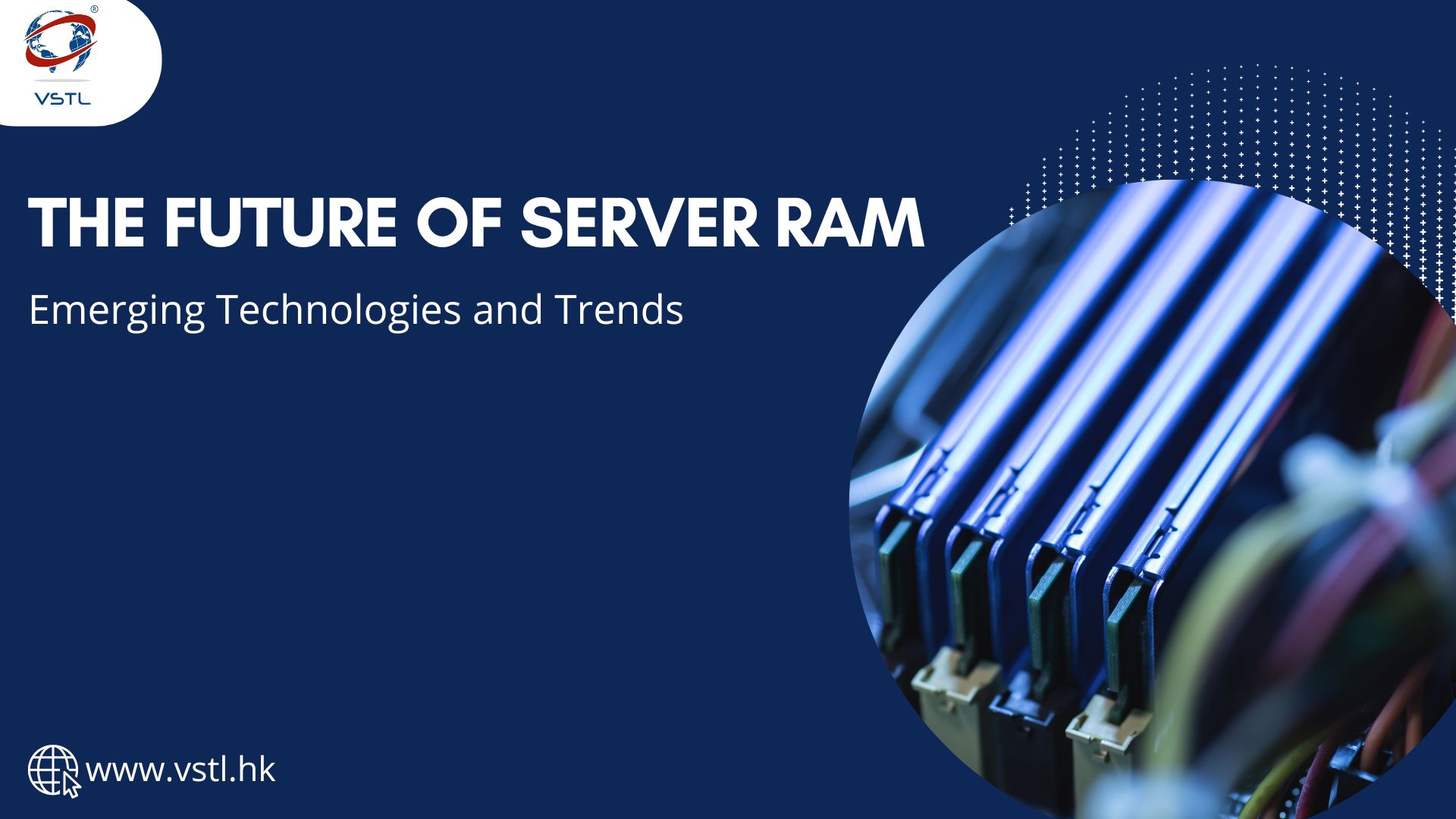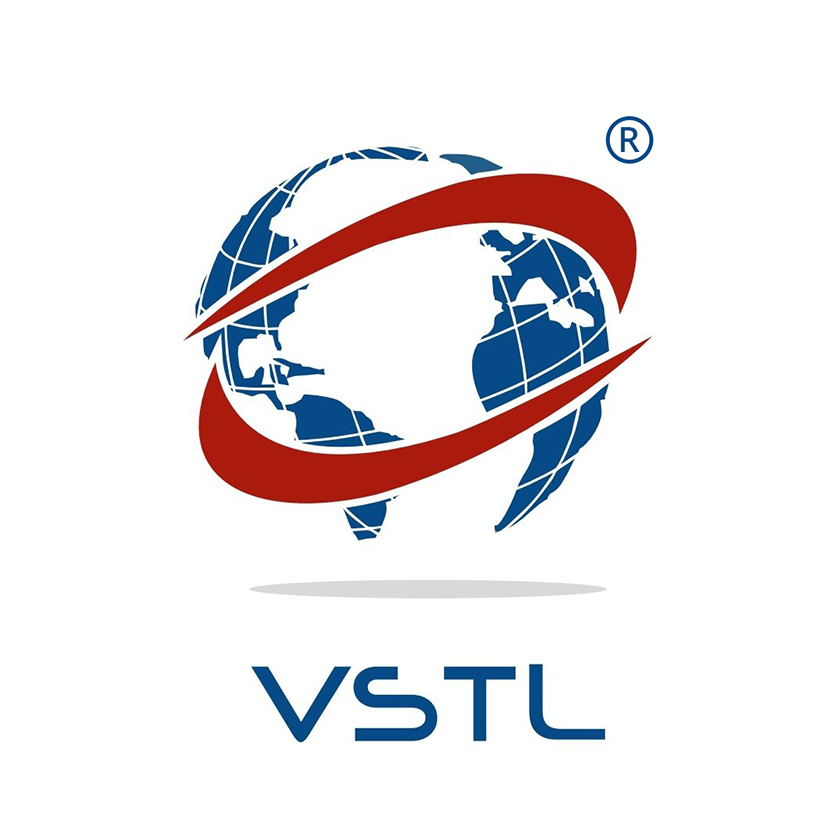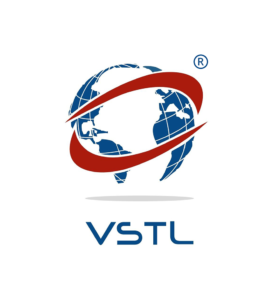
As the backbone of data centers and cloud infrastructures, server RAM plays a crucial role in ensuring the efficiency, speed, and reliability of modern computing environments. As businesses increasingly rely on data-driven operations and high-performance computing, the demand for more advanced server RAM solutions is growing. This blog will explore the future of server RAM, focusing on emerging technologies and trends that promise to shape the landscape in the coming years.
Introduction to Server RAM
Server RAM (Random Access Memory) is the volatile memory used to store and access data quickly for active processes and applications. Unlike permanent storage (such as SSDs or HDDs), RAM provides the necessary speed to handle the high demands of server operations, allowing for faster data retrieval and processing. The evolution of server RAM is driven by the need for greater speed, higher capacities, and improved efficiency to support the ever-expanding scope of server workloads.
The Evolution of Server RAM
From DDR to DDR5
The Double Data Rate (DDR) SDRAM (Synchronous Dynamic RAM) has been the standard for server memory for many years. With each new generation, from DDR to DDR4, and now DDR5, there have been significant improvements in data transfer rates, bandwidth, and power efficiency.
- DDR4: Introduced in 2014, DDR4 RAM provided higher module density and lower voltage requirements than its predecessor, DDR3. It offered improved performance with data transfer rates starting at 2133 MT/s (mega-transfers per second) and moving upwards.
- DDR5: The latest in the series, DDR5, was officially released in 2020. It doubles the bandwidth and density of DDR4, with speeds starting at 4800 MT/s and potential to reach 8400 MT/s. DDR5 also includes features like Decision Feedback Equalization (DFE) and Same-Bank Refresh, which enhance signal integrity and reduce latency.
The Rise of Persistent Memory
Persistent Memory (PMEM), such as Intel Optane, represents a significant leap in memory technology. Unlike traditional RAM, which loses data when power is turned off, persistent memory retains data, combining the speed of RAM with the non-volatility of storage. This hybrid memory solution offers several advantages for servers:
- Faster Data Access: PMEM allows for near-instantaneous access to data stored in-memory, significantly speeding up tasks that require frequent access to large datasets.
- Enhanced Data Integrity: By retaining data even during power outages, persistent memory reduces the risk of data loss and improves overall system reliability.
- Cost Efficiency: PMEM can serve as an intermediate storage tier, reducing the need for expensive high-capacity DRAM modules while still delivering high performance.
Emerging Technologies in Server RAM
DDR5 and Beyond
The introduction of DDR5 RAM marks a significant milestone, but the journey doesn’t end here. Research and development are already underway for future generations of DDR technology, potentially leading to DDR6 and beyond. These future iterations are expected to offer even higher speeds, greater efficiency, and improved error-correction capabilities.
3D Stacking and High Bandwidth Memory (HBM)
3D stacking and High Bandwidth Memory (HBM) are technologies designed to address the limitations of traditional planar RAM modules by stacking memory chips vertically. This approach provides several benefits:
- Increased Density: By stacking memory dies on top of each other, 3D stacking allows for significantly higher memory capacities in a smaller footprint.
- Higher Bandwidth: HBM offers substantially higher bandwidth compared to traditional DDR memory, making it ideal for data-intensive applications such as AI, machine learning, and high-performance computing.
- Lower Power Consumption: 3D stacking and HBM technologies are designed to operate at lower voltages, reducing the overall power consumption and heat generation of the memory modules.
Next-Generation Non-Volatile Memory Express (NVMe)
NVMe technology, primarily associated with storage, is increasingly being integrated with memory technologies to create high-speed, low-latency memory solutions. The combination of NVMe and persistent memory technologies can offer:
- Improved Performance: NVMe’s low-latency protocol can significantly boost memory performance, providing faster access to critical data.
- Scalability: NVMe-based memory solutions can be easily scaled to meet the growing demands of data centers, offering a flexible approach to expanding memory capacity.
Trends Shaping the Future of Server RAM
AI and Machine Learning
The rise of artificial intelligence (AI) and machine learning (ML) is driving the need for more advanced and efficient server RAM. AI and ML workloads require rapid access to vast amounts of data, making high-speed, high-capacity memory essential. Future server RAM technologies will need to support the intensive computational requirements of AI and ML algorithms, providing the necessary bandwidth and low-latency access to data.
Edge Computing
Edge computing is transforming the way data is processed and stored, moving it closer to the source of data generation. This shift requires server RAM that can handle real-time data processing and analytics at the edge, often in environments with limited space and power. Emerging server RAM technologies, such as HBM and persistent memory, are well-suited for these applications, offering the necessary performance and efficiency.
Data Center Optimization
As data centers continue to grow in size and complexity, there is a strong focus on optimizing memory usage to reduce costs and improve efficiency. Trends such as memory disaggregation and composable infrastructure are gaining traction, allowing for more flexible and efficient allocation of memory resources:
- Memory Disaggregation: This approach separates memory from individual servers and pools it centrally, allowing for more dynamic allocation based on workload demands. This can lead to better utilization and reduced costs.
- Composable Infrastructure: Composable infrastructure allows data center operators to create flexible and scalable computing environments by dynamically composing and recomposing resources such as CPU, storage, and memory. This enables more efficient use of memory resources and enhances overall system performance.
Green Computing
Environmental sustainability is a growing concern in the tech industry, and memory technology is no exception. Future server RAM developments will likely focus on reducing power consumption and improving energy efficiency. Innovations such as low-power DDR (LPDDR) and energy-efficient 3D stacking technologies are expected to play a significant role in creating greener data centers.
Challenges and Considerations
While the future of server RAM is promising, several challenges and considerations must be addressed to fully realize its potential:
Compatibility and Integration
New memory technologies must be compatible with existing server architectures and seamlessly integrate with other components. This requires close collaboration between memory manufacturers, server vendors, and software developers to ensure smooth adoption and deployment.
Cost
Advanced memory technologies, such as HBM and persistent memory, often come with higher costs compared to traditional RAM. Balancing performance benefits with cost considerations will be crucial for widespread adoption, especially for organizations with limited budgets.
Reliability and Longevity
Server RAM must be highly reliable and capable of withstanding the demands of continuous operation. Ensuring the longevity and stability of new memory technologies will be essential to gain the trust of data center operators and enterprise users.
Security
As memory technology evolves, so do the security threats associated with it. Protecting sensitive data in memory from potential vulnerabilities and attacks will be a critical aspect of future server RAM developments. Technologies such as encryption and advanced error-correction techniques will play a vital role in safeguarding data integrity and security.
Conclusion
The future of server RAM is poised for exciting advancements, driven by emerging technologies and evolving trends. From the adoption of DDR5 and the potential of 3D stacking and HBM, to the integration of NVMe and the rise of persistent memory, the landscape of server memory is undergoing a significant transformation. These innovations promise to deliver higher performance, greater efficiency, and improved reliability for data centers and enterprise environments.
As AI, edge computing, and data center optimization continue to shape the demands on server infrastructure, the role of advanced server RAM will become increasingly critical. By addressing the challenges of compatibility, cost, reliability, and security, the industry can fully leverage the benefits of next-generation memory technologies, paving the way for a more powerful and efficient future.
In summary, the ongoing evolution of server RAM is set to revolutionize the way data is processed, stored, and accessed. Embracing these emerging technologies and trends will be essential for organizations looking to stay competitive in an increasingly data-driven world. The future of server RAM holds great promise, and the journey towards more advanced and efficient memory solutions is just beginning.

